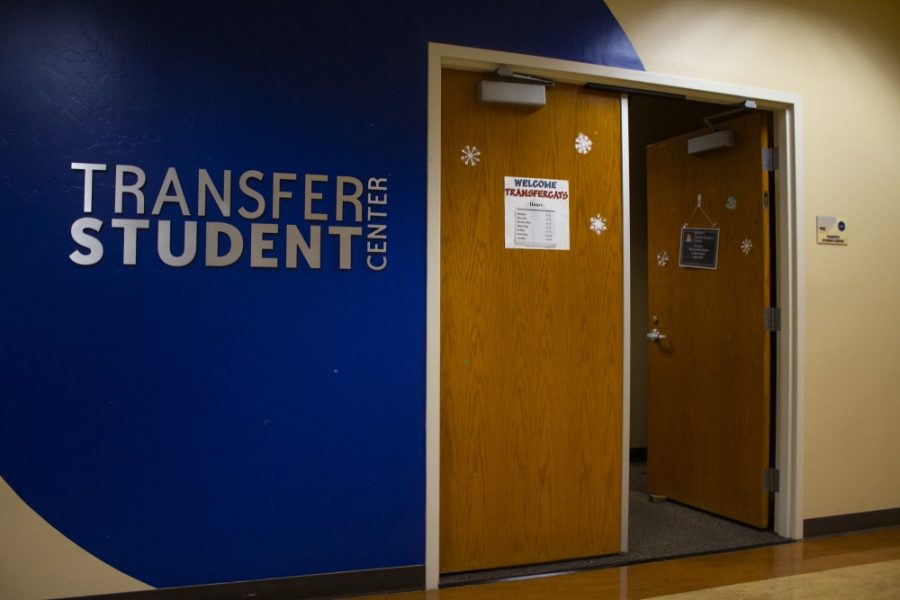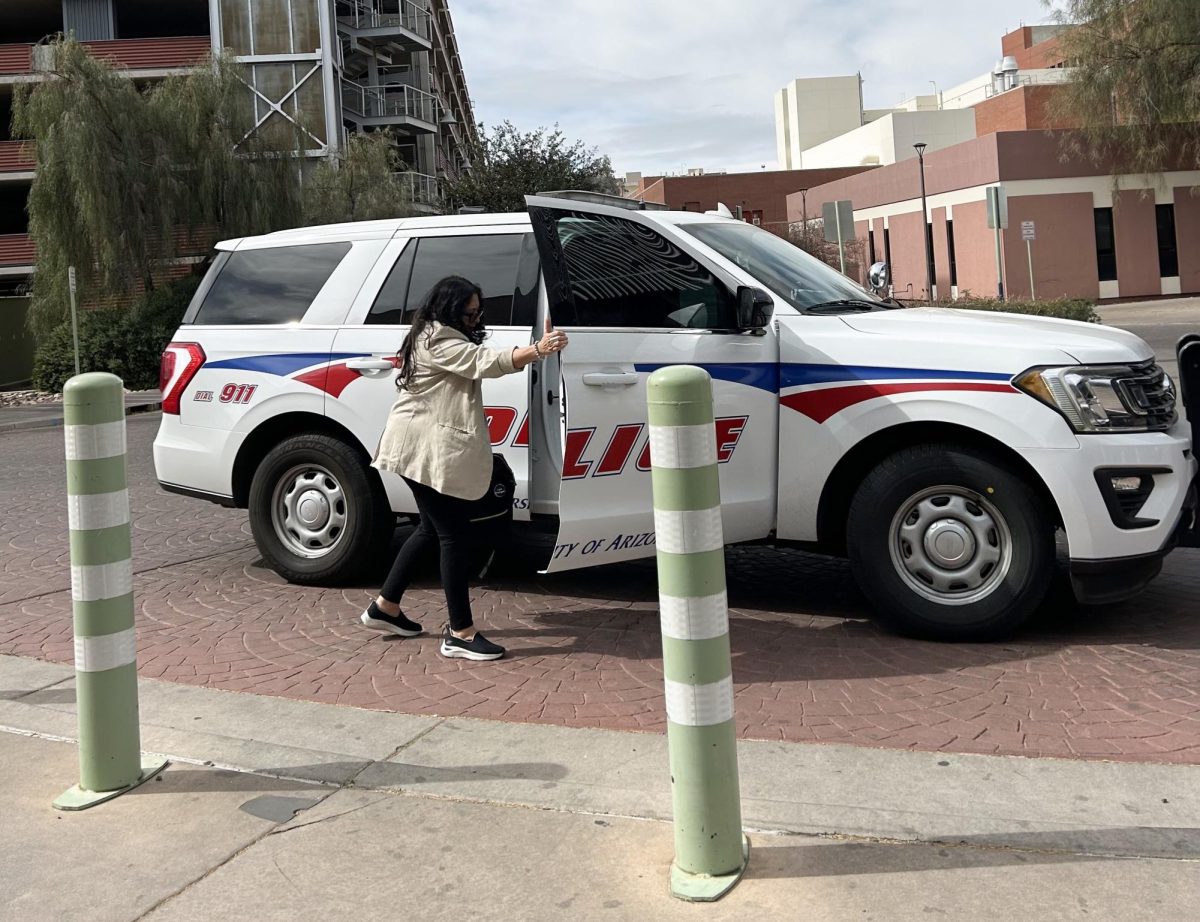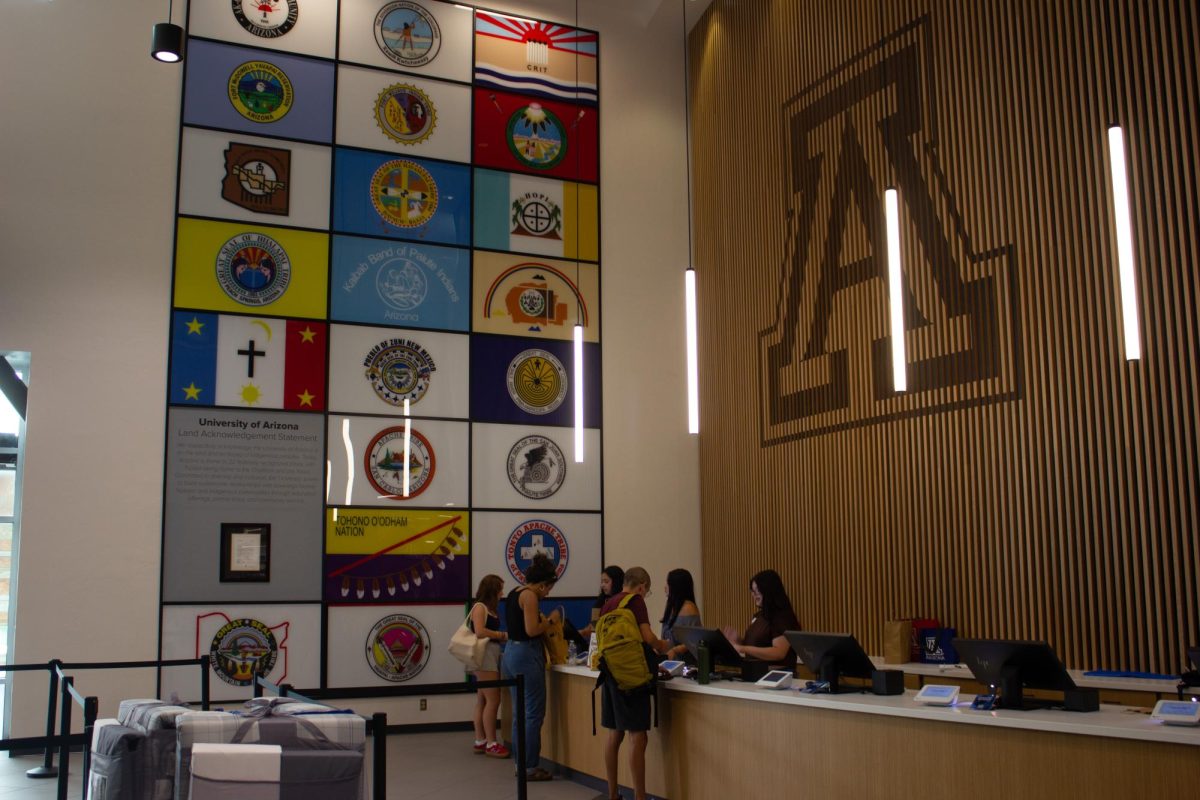One of the big reasons for people to come to the University of Arizona is the scholarships offered. The Transfer Tuition Scholarship brings many students from community college to finish their degree and helps transfer students finish their degrees.
But it comes with some specific criteria in order to receive it and get it renewed.
This two-year scholarship offers $3,000 per year for residents who have a 3.0 GPA and $5,000 for nonresidents who have a 3.5. One needs to have completed 36 units and no more than 80 when applying.
While many transfer students receive this scholarship, keeping it is another issue. In order to renew it, one must complete 30 credits by the end of the first award year.
“I didn’t even realize you needed 30 credits and was scared that I might lose it,” said Mathew Filkins, an employee at the Transfer Student Center and a transfer student himself. “A reason I came to the UofA was this scholarship. I applied to ASU, and UofA just gave me so much more money.”
Filkins said a coworker “took 20 credits a semester to try and graduate on time and keep her scholarship, and I just saw how stressed out she was throughout the year.”
Now when transfer students come to the center, they are told about the credit minimum, so they know that they need to complete 30 credits.
The transfer student center offers services like free printing, coffee and a place for transfer students to work and hangout.
RELATED: A guide to scholarships
Chris, another transfer student who requested his last name be withheld, talked about how he wasn’t eligible for this scholarship since he attended another major university 32 years ago.
“I was unaware that that had anything to do with anything,” he said. “I was a Phi Theta Kappa scholar at Pima and I was under the impression that I was getting this scholarship.”
“It can be stretched out, the requirement for full-time is 12 units,” Akhtar Parvez, the Associate Director of Scholarships said. “Students can enroll 12 in fall, 12 in spring. That’s 24 and they can complete their 30 units with a winter class or Summer 1 or Summer 2.”
The goal of the requirement is to get students to matriculate within the same time frame as their scholarship.
“If they have a scholarship for two years, we want them to complete their degrees in two years,” Parvez said. “If they have 60 units coming in, they will need 60 units to complete their degree in two years.”
Students may not have known that they can use any leftover federal aid from their FAFSA and apply it to summer courses.
“There is help available for the summer as well,” Parvez said. “If students are looking for additional help, always look at Scholarship Universe.”
In addition, Parvez said if a student does lose the scholarship due to circumstances that kept them from taking the required classes, they can appeal their decision.
Follow the Daily Wildcat on Twitter









